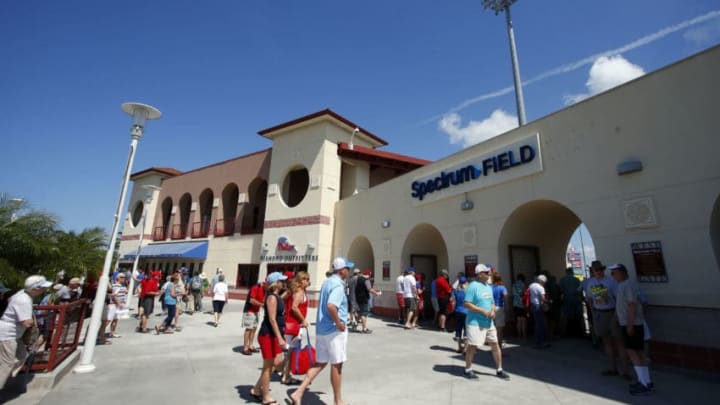
Game speed:
The topic from a recent Twitter conversation was the difference between the on-field experience and its perception by fans. In other words, the game only looks easy; it isn’t. It’s the quality of the competition.
Selected from high school or college, a star–and perhaps a teammate–signs a professional contract and joins a rookie league club, but most of the players there are as good or better. Through each level, however, one of every six doesn’t advance to the next plateau.
Finally, the jump to the major leagues from Triple-A is the best player from each group of six, and it requires not only talent but hard work to reach the highest level. Yet a spot on the active 25 might not be as a regular or a starter. Ergo, being a setup man in the majors is better than a cog in the Triple-A rotation.
"IN OTHER WORDS: “I remember going from rookie ball to A, to double A, then to triple A. At every level it seemed like the game was faster. The bigger the situation, the more the game speeds up. That’s all mental. It messes people up.” – Derek “the Captain” Jeter"
To compete at the top tier, Joe from down the street is not heading toward second base, Chase Utley is. And if you, for instance, slightly bobble the ball, he’ll take an extra base on you. Always be alert!
On every pitch, the infielder–like the other eight–must anticipate his reaction if the ball is hit to his left or right, on the ground, or in the air. And the catcher’s signal, the hurler’s stuff that day and the weather are the clues added to each calculation.
